Self-expression can take many forms, and for some individuals, tattoos serve as a powerful means of communication. Tattoos have long been utilized as symbols of personal experiences, beliefs, and emotions, allowing individuals to express themselves in unique ways. However, within the realm of tattoo artistry, there is a subset of designs known as self-harm tattoos that carry deeper meanings. In this article with Impeccable Nest, we will delve into the topic of self-harm tattoo meanings, exploring their significance, usage, examples, comparisons, and offering advice to those considering such tattoos.
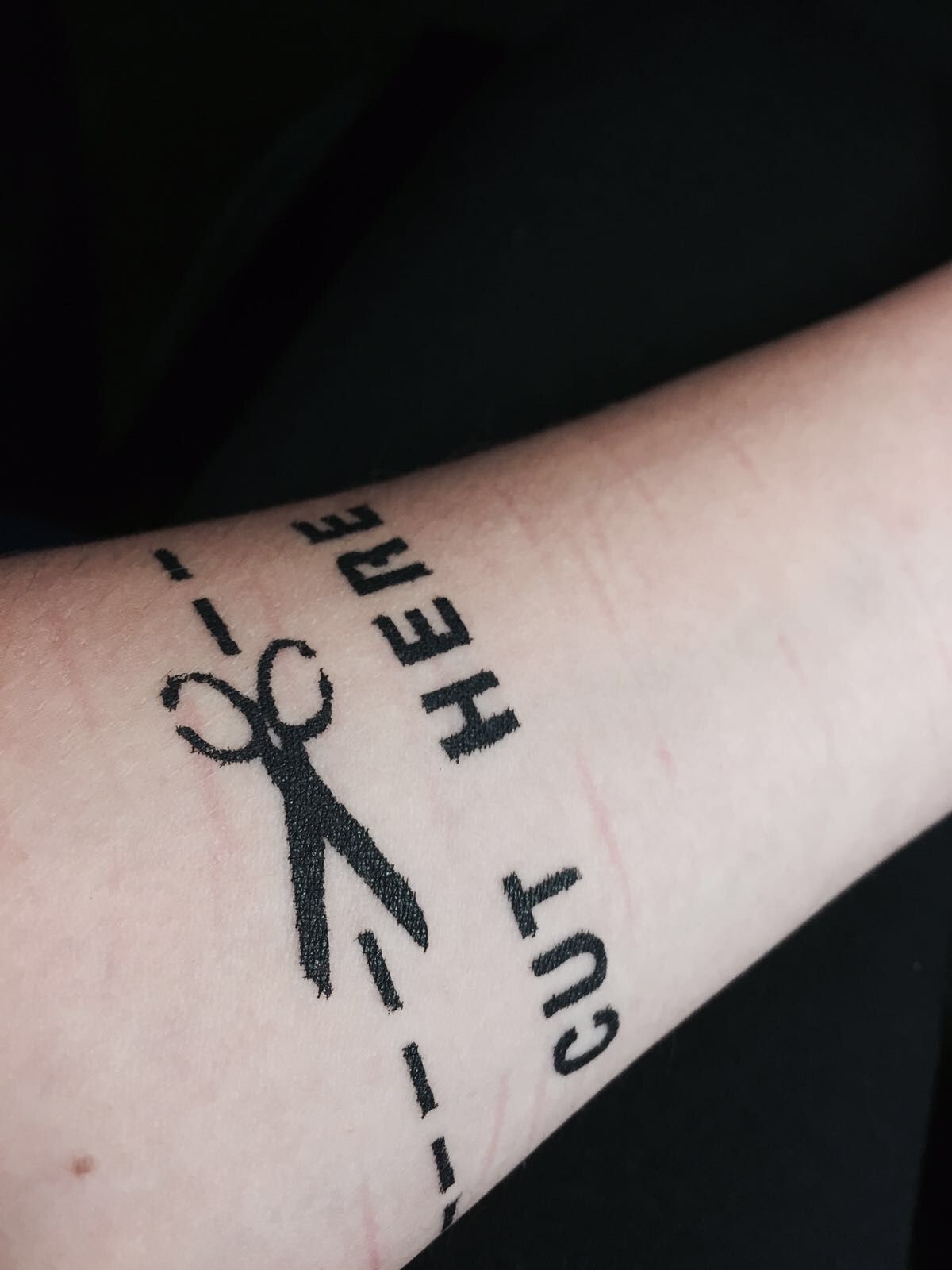
What are Self Harm Tattoo Meanings?
Self-harm tattoo meanings refer to designs that symbolize the struggle with self-inflicted harm, such as cutting or burning oneself. These tattoos hold immense personal significance for individuals who have experienced self-destructive behaviors in the past or are currently on a journey of recovery. They act as visual reminders of their strength, resilience, and triumph over adversity.
It’s important to note that self-harm tattoos should not be taken lightly or be seen as glorifying self-destructive behaviors. Instead, they represent a deeply personal narrative and serve as a cathartic outlet for emotional release and healing. Individuals who choose these tattoos often use them as a way to reclaim their bodies, transforming scars into beautiful works of art.
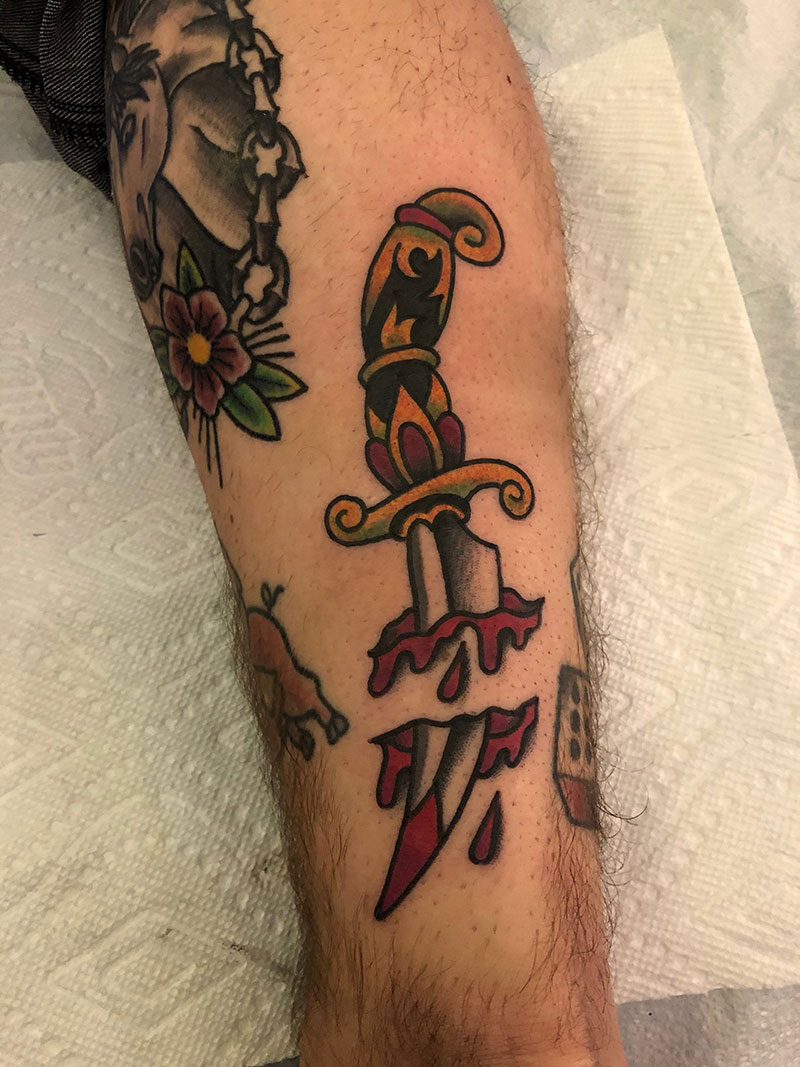
Self Harm Tattoo Meanings: What is the Significance?
Tattoos related to self-harm can carry complex and deeply personal meanings. It’s important to approach this topic with sensitivity and understanding, recognizing that individuals who choose such tattoos may have unique reasons and experiences. Here are some possible meanings, though each person’s interpretation may vary:
Survivorship
Self-harm tattoos can be a very personal and meaningful symbol for individuals who have struggled with self-harm in their lives. While self-harm is a serious issue that should not be glorified or encouraged, some people choose to get tattoos related to self-harm as a way of reclaiming their experience and turning it into something positive.
One common self-harm tattoo is the semicolon tattoo, which represents a pause in a sentence rather than an ending. This tattoo symbolizes that the person’s story is not over yet, and serves as a reminder to keep going even when things are difficult. The semicolon tattoo has become a popular symbol for mental health awareness and suicide prevention, and has helped many people feel less alone in their struggles.
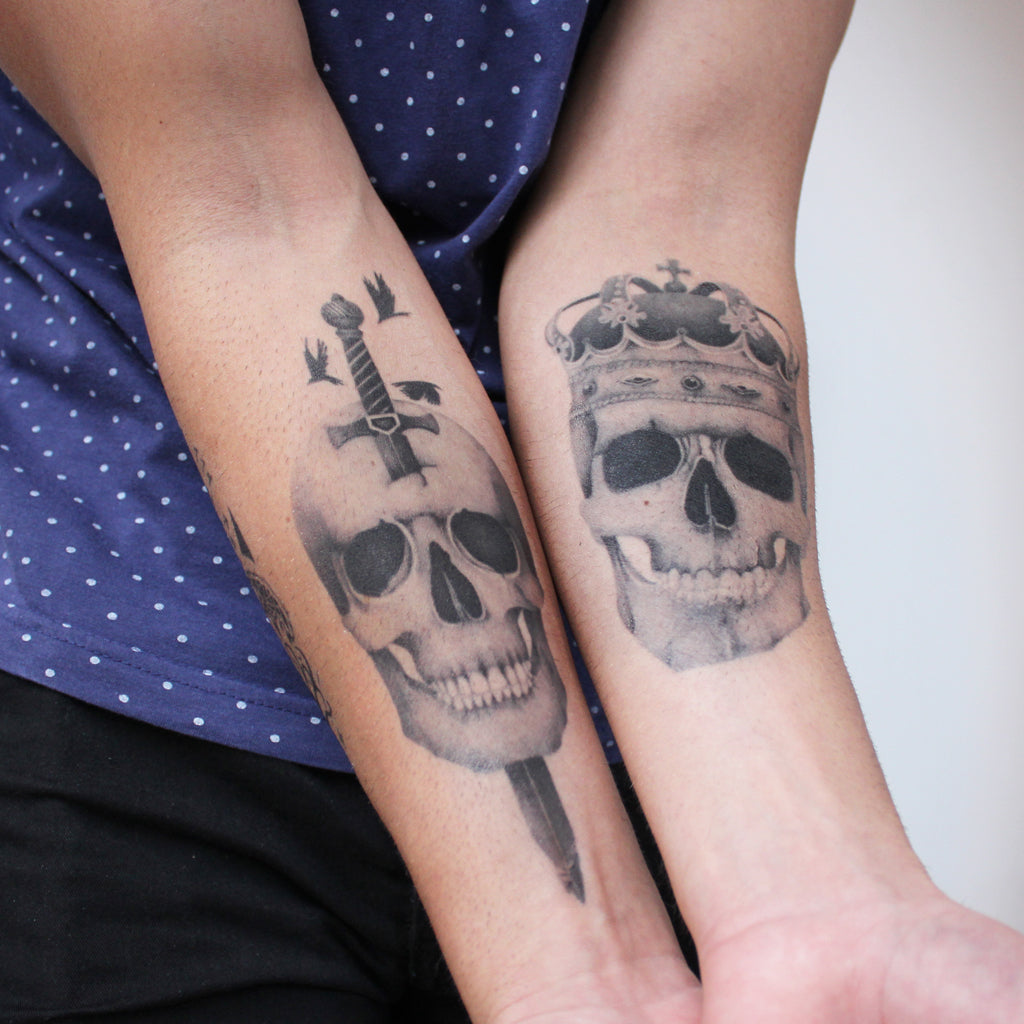
Another common self-harm tattoo is the butterfly tattoo, which represents transformation and growth. Butterflies begin their lives as caterpillars, but eventually undergo a metamorphosis and emerge as beautiful, winged creatures. For individuals who have struggled with self-harm, the butterfly tattoo can represent a similar process of transformation and growth, as they work to overcome their personal struggles and emerge as stronger, healthier individuals.
Other self-harm tattoos may include words or phrases that are meaningful to the individual, such as “warrior” or “survivor”. These tattoos can serve as a daily reminder of the person’s strength and resilience, and can help them stay motivated on their journey toward healing.
It’s important to note that while self-harm tattoos can be a powerful symbol of survival and growth, they are not a substitute for professional help. If you or someone you know is struggling with self-harm, it’s important to seek support from a mental health professional or other trusted resource. Remember, recovery is possible, and there is always hope for a brighter future.
Healing and Recovery
Self-harm is a serious issue that affects many people around the world. Individuals who self-harm may do so as a way to cope with overwhelming emotions, such as anxiety, depression, or trauma. Many people who self-harm find it difficult to talk about their struggles with others and may feel isolated or ashamed.
One way that some individuals choose to express their experiences with self-harm is through tattoos. Self-harm-related tattoos can take many different forms, but they typically include images or words that are meaningful to the individual and reflect their experiences with self-harm.
At first glance, self-harm tattoos may seem counterintuitive. After all, why would someone want to permanently ink a reminder of something that may be painful or traumatic? However, for many individuals, these tattoos serve as a symbol of their commitment to healing and recovery.
By choosing to get a self-harm tattoo, an individual can take ownership of their experiences and reclaim control over their body. Rather than feeling ashamed of their scars or hiding them from the world, they can transform those scars into something beautiful and meaningful.
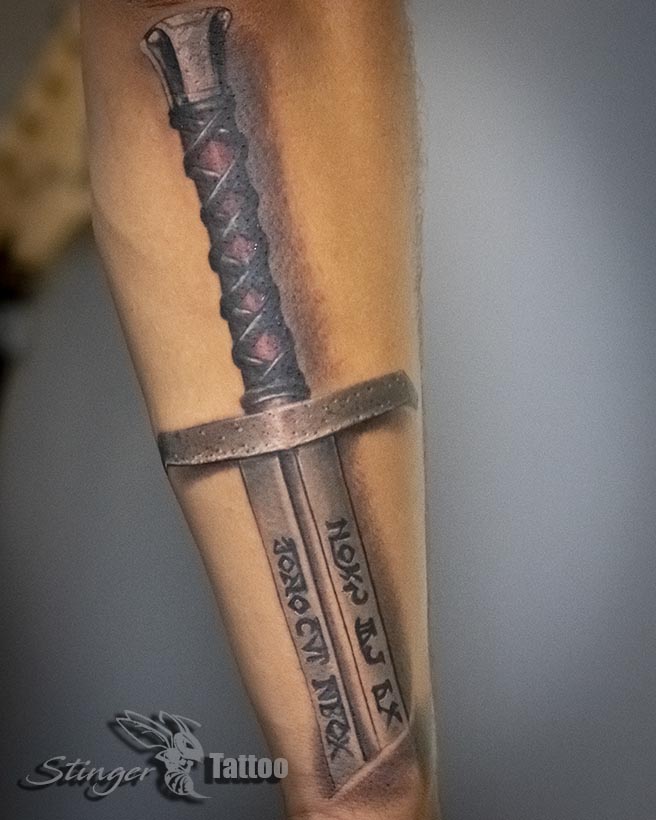
Self-harm tattoos may include images or symbols that represent hope, resilience, and perseverance. For example, a person may choose to get a tattoo of a butterfly emerging from a cocoon, representing transformation and growth. Others may choose to get tattoos of meaningful quotes or phrases that inspire them to keep going on their journey toward mental health and well-being.
In some cases, self-harm tattoos may also serve as a form of self-expression or communication. For individuals who have difficulty talking about their struggles with self-harm, a tattoo may provide a way to convey their emotions and experiences without having to speak directly about them.
It’s important to note that while self-harm tattoos can be a powerful and meaningful way for some individuals to cope with their experiences, they are not a substitute for professional help. If you or someone you know is struggling with self-harm or mental health issues, it’s important to seek out support from a qualified therapist or counselor.
In conclusion, self-harm tattoos can serve as a powerful symbol of an individual’s commitment to healing and recovery. By transforming their scars into something beautiful and meaningful, individuals can take ownership of their experiences and reclaim control over their bodies. However, it’s important to remember that self-harm tattoos are not a substitute for professional help and support.
Expression of Pain
Self-harm, also known as non-suicidal self-injury, is a harmful coping mechanism used by individuals who struggle with intense emotional pain or distress. This behavior involves intentionally causing harm to one’s own body, usually through cutting, burning, or hitting oneself.
While self-harm is not a healthy way of dealing with emotions, some individuals who have overcome this behavior may choose to commemorate their journey through tattoos. These tattoos can serve as a visual reminder of the struggles they have faced and the progress they have made in their recovery.
Self-harm tattoos may take many forms, such as covering up scars with a design or incorporating symbolic images into the tattoo to represent overcoming personal battles. For example, someone who has struggled with depression may choose to get a butterfly tattoo to symbolize their transformation and growth.
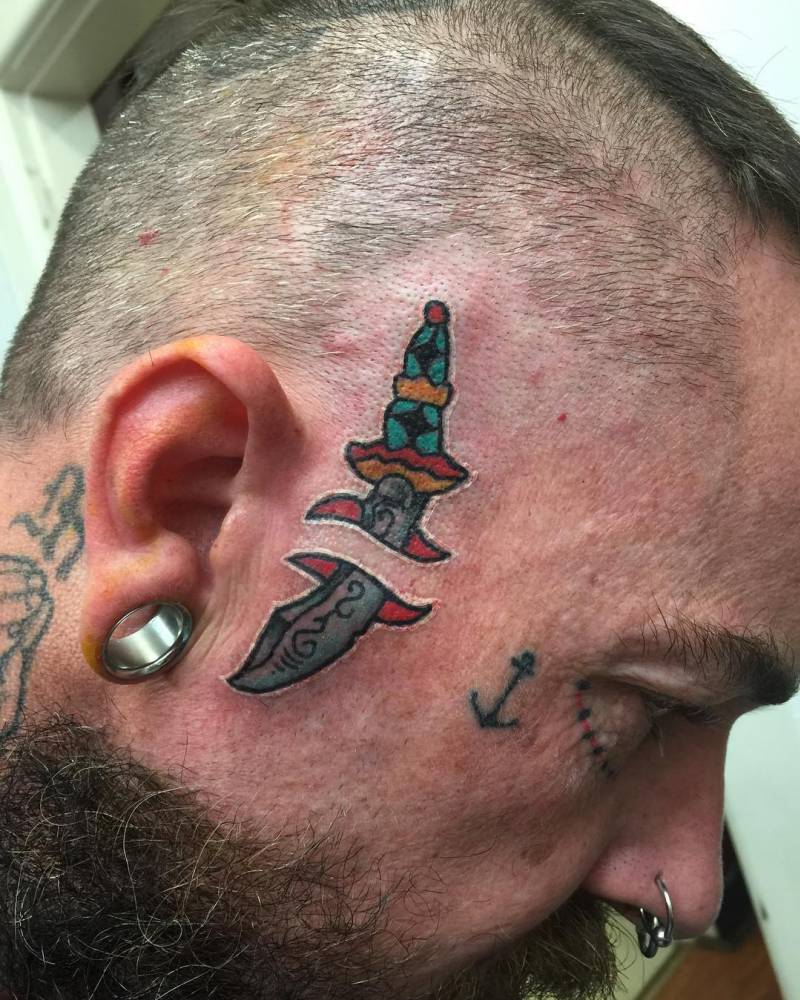
For some people, getting a self-harm tattoo can be a way of reclaiming ownership over their body and transforming it from a site of pain to a site of healing. It can be a way of turning a negative experience into a positive one and creating something beautiful out of something painful.
It’s important to note that self-harm tattoos are not for everyone, and some may find them triggering or uncomfortable. It’s important that those considering getting a self-harm tattoo take the time to reflect on their motivations and make sure they are in a place of stability and healing before making a permanent change to their body.
Overall, self-harm tattoos can hold deep personal meaning and serve as a powerful reminder of one’s strength and resilience in the face of adversity. They can also serve as a conversation starter and help to reduce stigma around mental health struggles.
Ownership and Control
Self-harm tattoos are a form of body art that can hold significant meaning for those who have experienced self-harm or other traumatic experiences. The act of getting a tattoo related to self-harm can be seen as a way to reclaim control over one’s body and experiences, as well as a way to change the narrative around their scars.
For many individuals who have self-harmed in the past, their scars can serve as painful reminders of their experiences. These scars may also carry a stigma or shame, as self-harm is often misunderstood and stigmatized by society. Getting a self-harm tattoo can allow individuals to take ownership of their scars and transform them into something meaningful and empowering. By choosing to get a tattoo in the same area as their scars, they are making a conscious decision to alter the way others view their body and their experiences.
The design of self-harm tattoos can vary widely, and can include anything from simple lines or shapes that mimic the look of scars, to more intricate designs that incorporate words or images that represent strength, healing, or transformation. Some people choose to get tattoos that cover their entire scarred area, while others opt for smaller, more discrete designs.
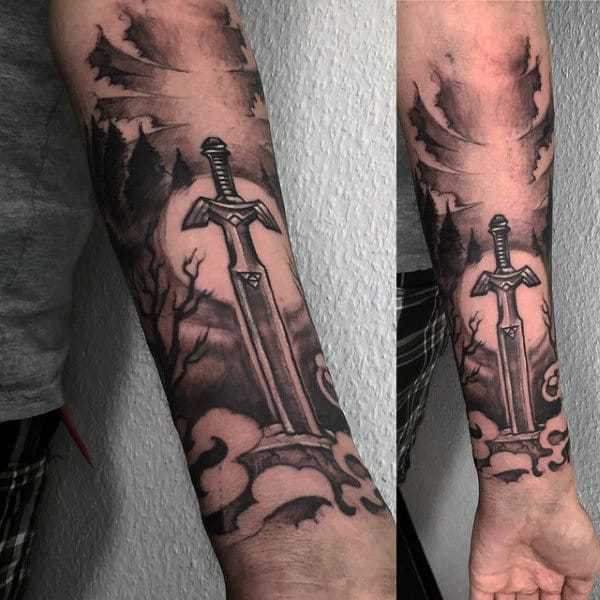
One popular design for self-harm tattoos is the semicolon, which has become a symbol of hope and resilience for those struggling with mental health issues. This design represents a pause in a sentence, rather than an ending, and is meant to convey the message that life goes on, even in the face of adversity.
Another common design for self-harm tattoos is the lotus flower, which is often associated with spiritual growth and enlightenment. The lotus is a symbol of transformation, as it blooms from muddy waters into a beautiful and pure flower. For those who have experienced trauma or struggles with mental health, the lotus can serve as a reminder that growth and healing are possible, even in the darkest of times.
Ultimately, the meaning behind a self-harm tattoo is deeply personal and unique to each individual. For some, it may be a way to honor their experiences and show strength in the face of adversity. For others, it may be a way to reclaim control over their bodies and change the narrative around their scars. Whatever the reason, getting a self-harm tattoo can be a powerful and transformative act of self-expression and self-love.
Turning Negatives into Positives
Self-harm tattoos are tattoos that are created to cover up or commemorate past self-harming behaviours. These tattoos can be incredibly meaningful to those who have them, as they can serve as reminders of the struggle they have faced and overcome.
For many people who have dealt with self-harm in the past, the act of creating a tattoo can be seen as a form of catharsis. By taking control of their body and choosing to decorate it in a way that is meaningful to them, they are able to reclaim ownership over themselves and their experiences.
In some cases, self-harm tattoos may be created specifically to cover up scars from previous self-injury. By replacing physical marks of pain with something beautiful and positive, individuals can feel more confident and empowered in their bodies.
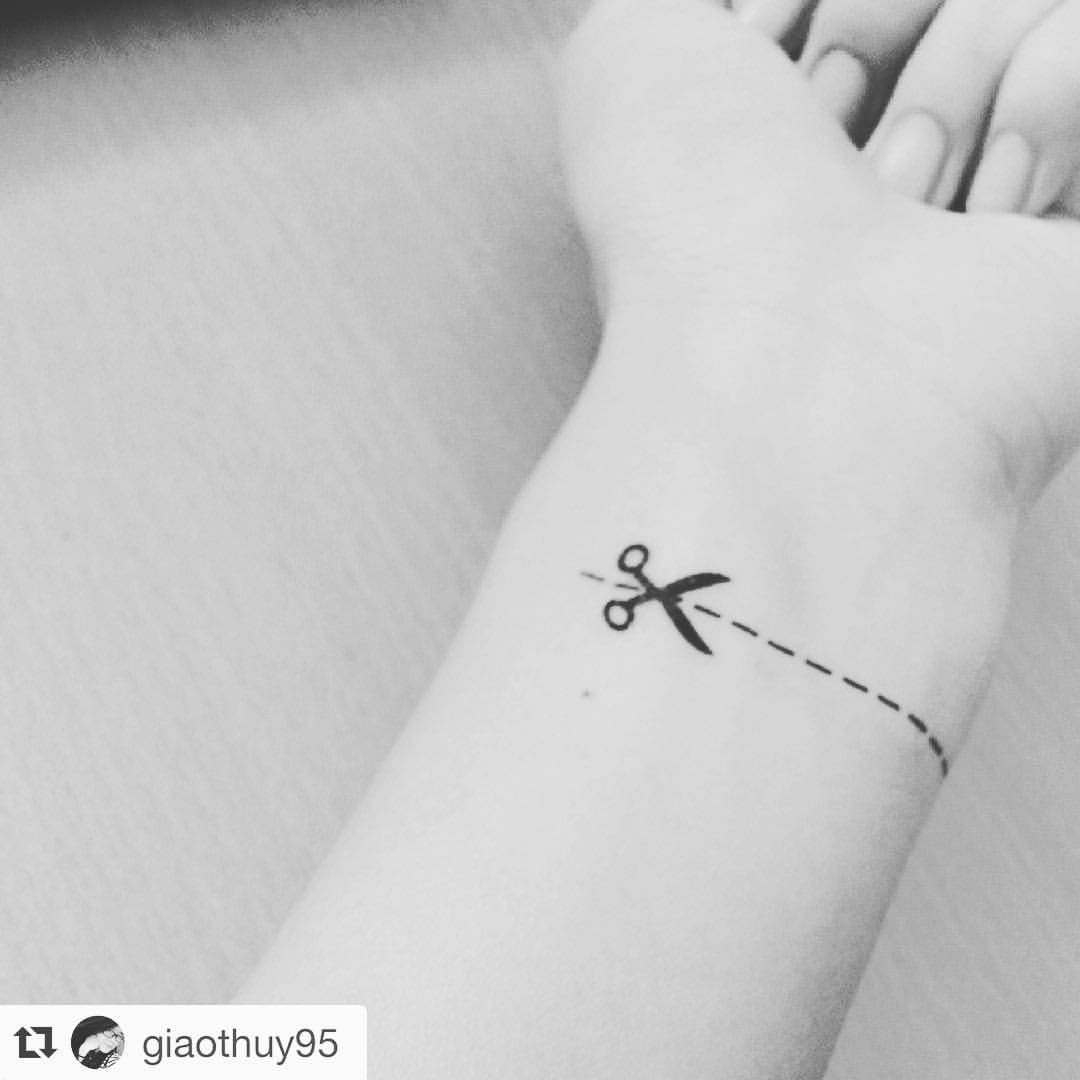
Self-harm tattoos can also be a way for individuals to express their emotions or struggles with mental health issues. For example, someone who has struggled with depression may choose to get a tattoo that symbolizes hope or healing, serving as a reminder of the progress they have made.
Ultimately, the meaning behind a self-harm tattoo will vary from person to person. For some, it may be a deeply personal reminder of their strength and perseverance. For others, it may be a way to turn negative experiences into something positive and beautiful.
It is important to note that self-harm tattoos should never be glorified or romanticized. Self-harm is a serious issue that requires professional help and support, and it is not something that should be celebrated in any way. If you or someone you know is struggling with self-harm, it is important to seek help from a medical professional or mental health provider.
Identity and Empowerment
Self-harm tattoos are a unique and personal form of body art that hold deep significance for those who have experienced self-harm. Often, these tattoos serve as a symbol of strength and perseverance in the face of difficult struggles. They can also be a way to acknowledge past pain while embracing personal growth and empowerment.
The act of self-harm is often used as a coping mechanism for individuals struggling with mental health issues such as depression, anxiety, or trauma. The physical pain caused by self-harm may provide a temporary release from emotional pain, but can lead to long-term harm and negative consequences.
Self-harm tattoos can serve as a healthier alternative to self-harm behaviors. By choosing to get a tattoo instead of harming themselves, individuals can still experience the physical pain they may crave while avoiding the detrimental effects of self-harm.
These tattoos may take many forms and hold different meanings for each person. Some may choose to get tattoos of scars or cuts to honor their past struggles and remind themselves of their strength and resilience. Others may opt for more abstract designs that represent their journey towards healing and self-love.
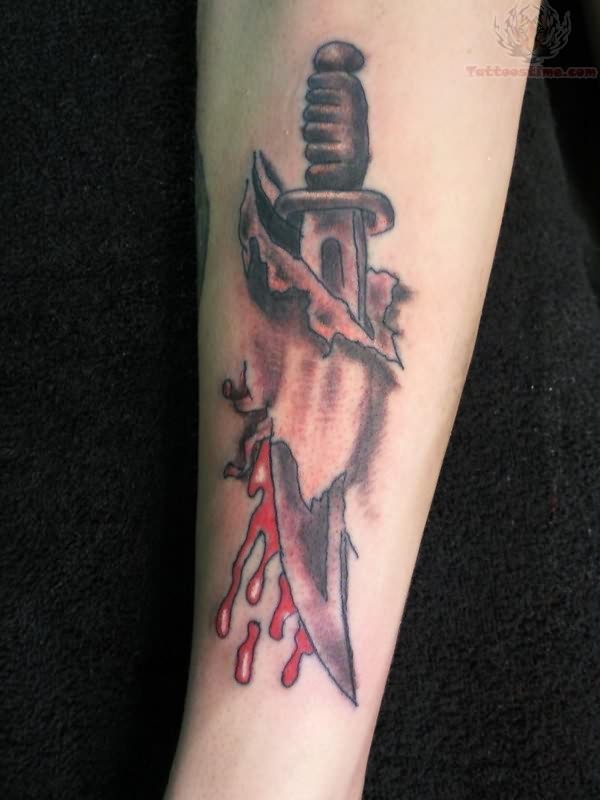
For some, getting a self-harm tattoo may also be a way to reclaim their body and take ownership over their scars. Society often stigmatizes self-harm and can make individuals feel ashamed or embarrassed about their scars. By getting a tattoo, individuals can transform their scars into something beautiful and empowering.
It is important to note that self-harm tattoos should not be taken lightly and should only be pursued with careful consideration and intention. It is important to seek professional help for any underlying mental health issues and to make informed decisions about the tattoo design and placement.
In conclusion, self-harm tattoos can serve as a powerful symbol of strength and resilience for individuals who have experienced self-harm. These tattoos allow individuals to acknowledge their past struggles while embracing personal growth and empowerment. While not suitable for everyone, for some, self-harm tattoos may provide a healthier alternative to self-harm behaviors.
It’s essential to approach these tattoos with empathy and non-judgment. If someone has such tattoos, it may be indicative of a complex and challenging journey. Encouraging open communication and providing support can be crucial for those dealing with self-harm and related issues.
Examples of Self-Harm Tattoo Meanings
Self-harm tattoo designs can vary greatly, as they are deeply personal and tailored to each individual’s story. Here are a few examples to illustrate the diversity of these tattoos:
- The Phoenix: A popular symbol of rebirth and transformation, the phoenix is often chosen by individuals who have overcome self-harm. This majestic bird rising from the ashes serves as a powerful reminder of one’s ability to rise above past struggles and emerge stronger than ever.
- The Lotus Flower: Known for its resilience and ability to thrive in challenging environments, the lotus flower is frequently incorporated into self-harm tattoo designs. Its blooming petals symbolize growth, purity, and beauty emerging from the darkness.
- The Semi-Colon: Originating from the mental health awareness movement, the semi-colon tattoo has been adopted by many individuals who have experienced self-harm. It represents a sentence that could have ended but continues instead, acting as a reminder of hope, resilience, and the power to continue one’s story.
.Comparisons with Other Tattoo Meanings
While all tattoos carry personal meaning, self-harm tattoo meanings stand apart due to their intimate connection to an individual’s struggles and recovery. Here are a few comparisons to highlight the distinctiveness of self-harm tattoo meanings:
- Traditional Tattoos: Traditional tattoos often depict classic images, such as anchors, hearts, or eagles, each carrying their own symbolism. Self-harm tattoo meanings, on the other hand, delve deeper into personal experiences and emotional journeys.
- Memorial Tattoos: Memorial tattoos pay tribute to loved ones who have passed away, serving as a constant reminder of their impact on our lives. Conversely, self-harm tattoos honor personal triumphs over adversity, symbolizing resilience and healing.
- Religious and Spiritual Tattoos: Religious and spiritual tattoos represent an individual’s faith or connection to a higher power. While they can offer solace and guidance, self-harm tattoos focus on personal growth, strength, and overcoming inner demons.
It’s important to respect the deeply personal nature of self-harm tattoo meanings and recognize the unique significance they hold for individuals who choose them.
Advice for those Considering Self-Harm Tattoo Meanings
If you’re contemplating getting a self-harm tattoo, here are a few points to consider:
- Emotional Readiness: Ensure that you have taken the necessary steps in your recovery journey to ensure emotional stability and readiness for such a permanent reminder.
- Professional Consultation: Seek guidance from a professional tattoo artist well-versed in self-harm tattoo meanings. Their expertise will help translate your story into a meaningful design while considering aesthetics and safety.
- Support System: Surround yourself with a supportive network of friends, family, or professionals who understand your journey. Share your intentions and concerns with them to gain valuable perspective and support throughout the process.
In conclusion
self-harm tattoo meanings are a unique form of self-expression and personal empowerment. They allow individuals to transform scars into symbols of strength, resilience, and triumph over adversity. If approached thoughtfully and with professional guidance, these tattoos can serve as powerful reminders of personal growth and healing. Remember, each self-harm tattoo tells a deeply personal story, representing an individual’s unique journey towards self-acceptance and recovery.Self Harm Tattoo Meanings: Self Harm Tattoo Meanings: vSelf Harm Tattoo Meanings: vSelf Harm Tattoo Meanings:

I am Harvey Berry, a tattoo enthusiast who has immersed himself in the diverse world of ink, passionately exploring the beauty and artistry within each tattoo. My mission extends beyond uncovering the aesthetics of tattooing; it involves sharing in-depth knowledge across all aspects of this art form.
Fueled by genuine curiosity and love for every facet of tattooing, I have diligently crafted well-researched articles, with a special focus on the Tattoo Meaning of Impeccable Nest section. Here, my aim is to help the tattoo community gain a deeper understanding of the meanings and values embedded in each tattoo.
One of my primary goals is to encourage responsible decision-making when it comes to getting inked. I recognize that choosing to get a tattoo is a significant personal decision that requires careful consideration. Hence, I provide diverse resources covering the meaning of tattoos, the tattooing process, aftercare tips, and other valuable information.
Whether you are a seasoned tattoo enthusiast or embarking on your first exploration of the world of body art, I aspire to be a reliable resource for you at every step of your journey. I hope that my extensive knowledge of tattoos, especially in the Tattoo Meaning section, will assist you in finding inspiration to express yourself through the art of tattoos.
